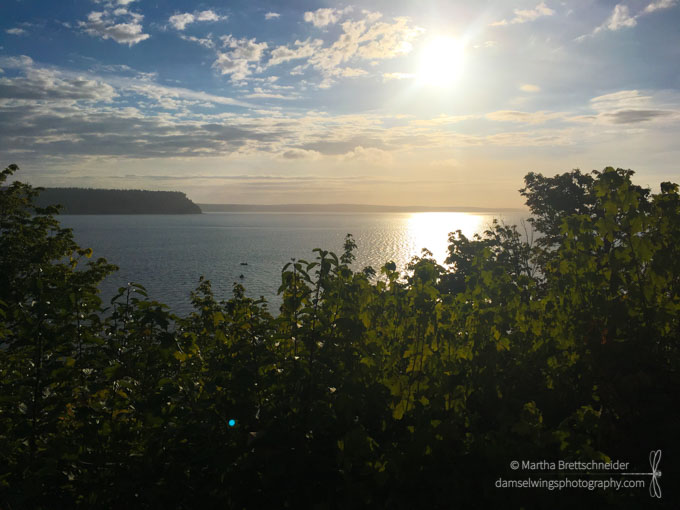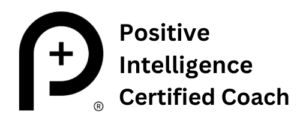
I’m writing this morning from Seattle’s Whidbey Island. In just a few hours, my niece Elizabeth (Lizzie) will marry the love of her life. Although I have been planted on the East Coast for close to thirty years, the Northwest has always been my touchstone, the place that grounds me, stills me, and reconnects me with my family roots. Today’s celebration brings me back fifteen years to Lizzie’s Bat Mitzvah, which brought together many of the same guests. We are all a little grayer, a bit more lined around the eyes. This is a good thing, since it means we are all still here to witness another milestone in this beautiful young woman’s life.
I wrote the essay below after Lizzie’s Bat Mitzvah. It was years before my cancer diagnosis, years before I stumbled into mindfulness. The end of the piece is tinged with a touch of resentment that my father wasn’t there to see his granddaughter reigniting the Jewish traditions that had lain dormant for some years in our family. My journey since then has brought me to a place of deep gratitude for and connection with my deceased father, without whom today wouldn’t be happening (here’s another piece about that). Also striking to me in this essay are the images that would continue to hold such importance for me in the years to come, especially the healing power of flowers (for me, dahlias in particular), which kept me going through my cancer recovery and played a central role in the writing of Blooming into Mindfulness. Hope you enjoy it!
Coming of Age
As a college student several lifetimes ago, I took comfort in the smoky clouds and rain that define Seattle’s sky. Clad in black with Kafka in my pocket and childhood ghosts locked away, I blanketed myself in the grey mist of northwest autumns. I scorned the carefree chatter and Madras plaid of fraternity parties. I courted literary graduate students with beards and round glasses and frequented bleak foreign films. I studied in the white noise of coffee shop murmurs and bean grinders, breathing caffeine air, skulking from one café to another with a book bag that hung like an albatross on my shoulder.
Between study sessions, I often sought refuge at Pike Place Market, where under the roof of the bustling farmer’s bazaar I was invariably pulled to the dahlias. Drenched in burnt orange, wizard robe purple, canary yellow, tropical red, the dahlias billowed like Technicolor meringue around their Asian vendors. Slippery piles of fresh salmon and shellfish, tangy produce, and textured artisans’ wares were blurred in the background. But in the early fall, the dahlias’ garish blooms always stole the show. I wanted to bury my face in their satin petals, dive into those pools of color.
***
Two decades and many addresses later, I am back. My sister and I have come to the Market to choose centerpiece flowers for the country club dinner party that will celebrate my niece Lizzie’s Bat Mitzvah. Kafka is gathering dust on my bookshelf back in Virginia. I am married to a government bureaucrat. I have two young sons, a dog, a mini-van, a garden of my own. I am befuddled and amused by all of this.
After much deliberation, we choose a white dahlia tipped with lavender—subtle, but a striking, glowing contrast to the black tablecloths and blue and lavender napkins planned for the evening. We emerge from the Market into fine drizzle with armloads of bundled blooms.
***
I last saw my niece four months ago wilted in a hospital bed, IVs buried in her veins, tubes snaking their way down from her nose and tangling themselves in the sheets, her senses numbed with pain killers. Lizzie’s quiet, pale face was dominated by brown eyes that held their earthy richness even after two abdominal surgeries and several weeks in a children’s hospital. Balloons and fuzzy stuffed animals sent by well-wishers crowded the room, conveying a plastic air of optimism. Vases of flowers lined the windowsills, but the daisies, carnations and other common FTD floral fare couldn’t hold their cheerfulness for more than a few days. Countless, often painful, tests never clarified the source of her illness. Finally, her body began to heal on its own, leaving many questions unanswered.
***
I watch her practice her Bat Mitzvah prayers on a stool in the kitchen, across from her grandmother who has flown in for the event. Behind her, burnished mountains and glittering lakes envelope a wall of windows. She has endured more pain since my last visit, with yet another operation to remove a bone growth from her arm. The angry scars exposed by her mid-riff T-shirt do not deter her. The girl radiates sunlight. She fills the house with color and song.
***
Her thin high heel is perched precariously close to the edge of the cloth-covered platform concealed behind the bimah. Without the hidden step’s extra five inches, this deceptively diminutive fourteen-year-old wouldn’t be visible to the congregation she leads today. The other heel shifts closer to the edge and, sitting in the front row with my husband and sons, I envision myself leaping to catch her if she falls.
Behind her, ceiling-high windows frame ancient evergreen trees that seem to dance in celebration in the whipping rain. The fringes of her prayer shawl swing in time with her shoulders as she chants the required Hebrew prayers and sings the language of her ancestors. The smile she shares, first with her parents, then with the rest of the many family members and friends who fill the sanctuary, soothes like the strong, caressing hands of a skilled masseuse.
The rabbi is seven months pregnant and wears a long blond ponytail beneath her yarmulke. I imagine the matriarchs of old smiling as the voices of teacher and student unite in rich, tonal harmony. The Torah scrolls appear to weigh as much as the girl, and she staggers when the Jewish laws are placed in her arms. Her parents lift some of the burden to steady her, and we join in the family’s procession through the sanctuary. My niece then delivers with authority the sermon she has prepared on the sanctity of life and the importance of taking nothing for granted.
***
My sister’s daughter has reignited a tradition that had lain dormant in her family for three generations on her father’s side, and two on her mother’s side. I am unprepared for the emotion that engulfs me, my usually dry eyes shedding a well of tears, my throat tightly knotted. My 5-year-old takes a break from fidgeting with his unfamiliar necktie and touches my wet cheeks, looks into my eyes. For some reason, the silkiness of his hair brings another wave of tears. I am thinking of my father, who sought to distance himself from his Brooklyn-based Jewish upbringing. Marrying my spirited, Connecticut-born, Anglo-Saxon mother was a first step. The only exposure my baptized sisters and I had to Judaism was in lighting the menorah during Chanukah as a pro forma nod before opening gifts from our Jewish grandmother. We have filled in the gaps to varying degrees on our own.
I was thirteen, a year younger than my niece is now, when my father died, sadly by his own hand. I wonder what he would have thought about her accomplishment had he lived to see it. I wish he had been able to see her—see all of us—bloom.

If you enjoyed today’s post and are not yet a subscriber, please join my Readers Circle via the sign-up box in the right margin and receive my free ebook Six Playfully Mindful Strategies to Beat Procrastination and Boost Productivity. You’ll also receive updates on my book Blooming into Mindfulness, weekly blog posts, and photography, speaking engagement, and workshop news. Email is much more reliable than social media in getting information to you in a timely fashion, so sign up to make sure you’re in the loop! (I promise not to share your address or send you spam.)
And if you know someone else who might benefit from an extra dose of calm in their lives, please spread the word! Social media likes and shares are always appreciated.
Finally, if you find typos anywhere on my site, I’d be grateful if you let me know. I hate typos! Contact me so that I can correct the error. Thank you!


